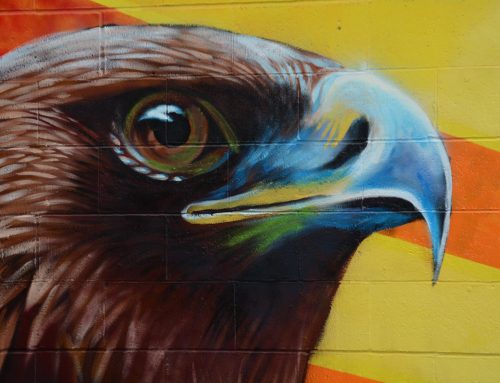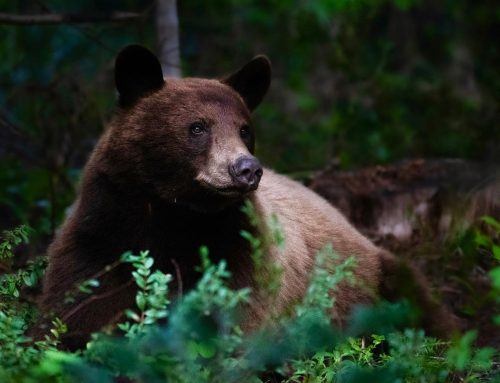Birding Along the Scenic Route
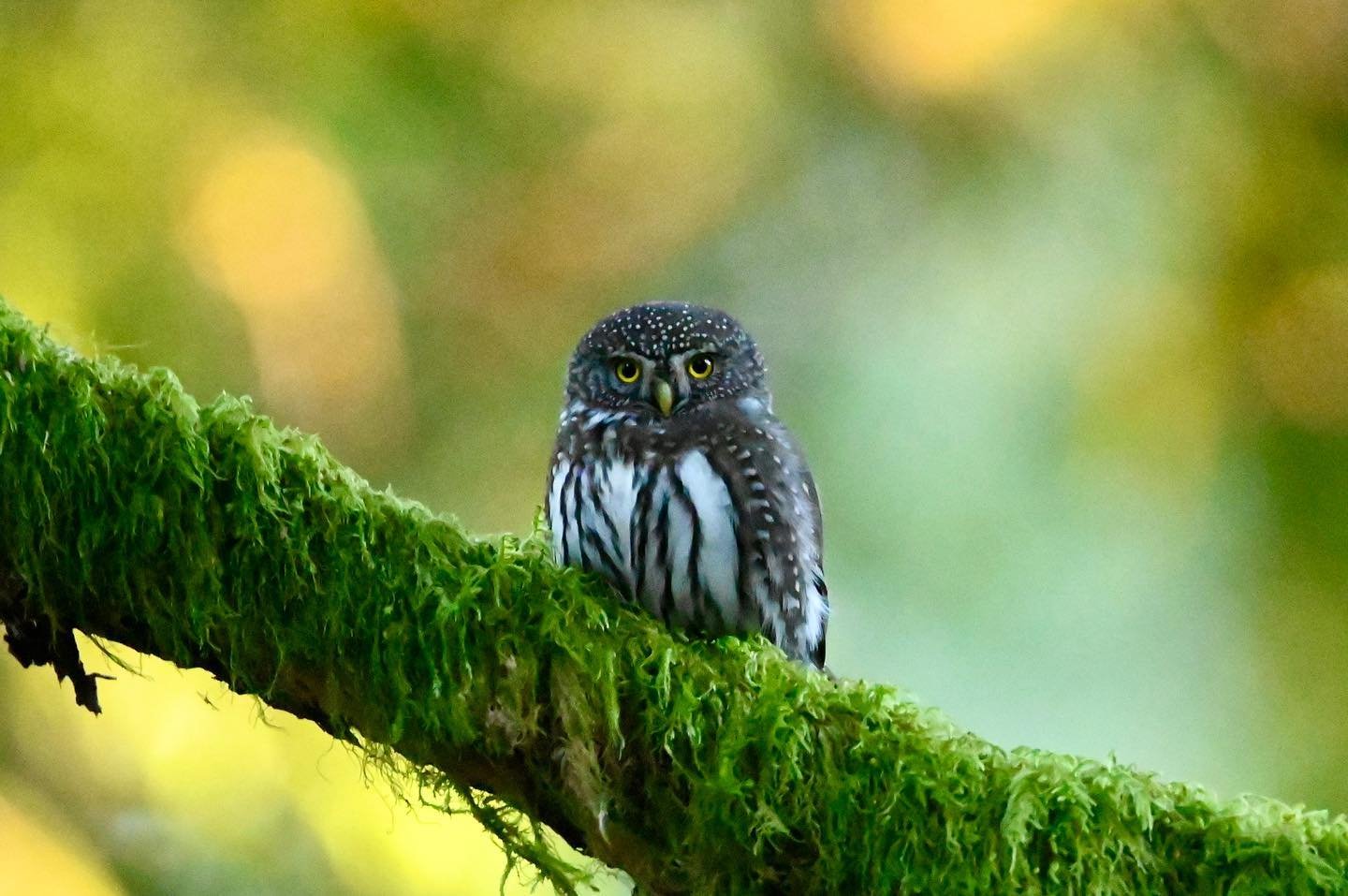
Cover Photo: @whyteyinthewild on Instagram
From the rich marshlands of Hope, to the sprawling forested parkland of Coquitlam, and all the pristine lakes, rivers, and mountains in between, the terrain along BC Route 7 is perfect natural bird habitat. There are hundreds of species that live in or are seasonal inhabitants of the area. Birdwatching is gaining popularity in people of all ages; it’s an enjoyable way to get out for some exercise and fresh air, and a fantastic opportunity for photography. It’s also a wonderful way to teach your children to respect and enjoy nature and all its inhabitants. Below you’ll find some great locations to experience the beautiful sights and sweet songs of hundreds of bird species along the BC Route 7 Highway!
Hope
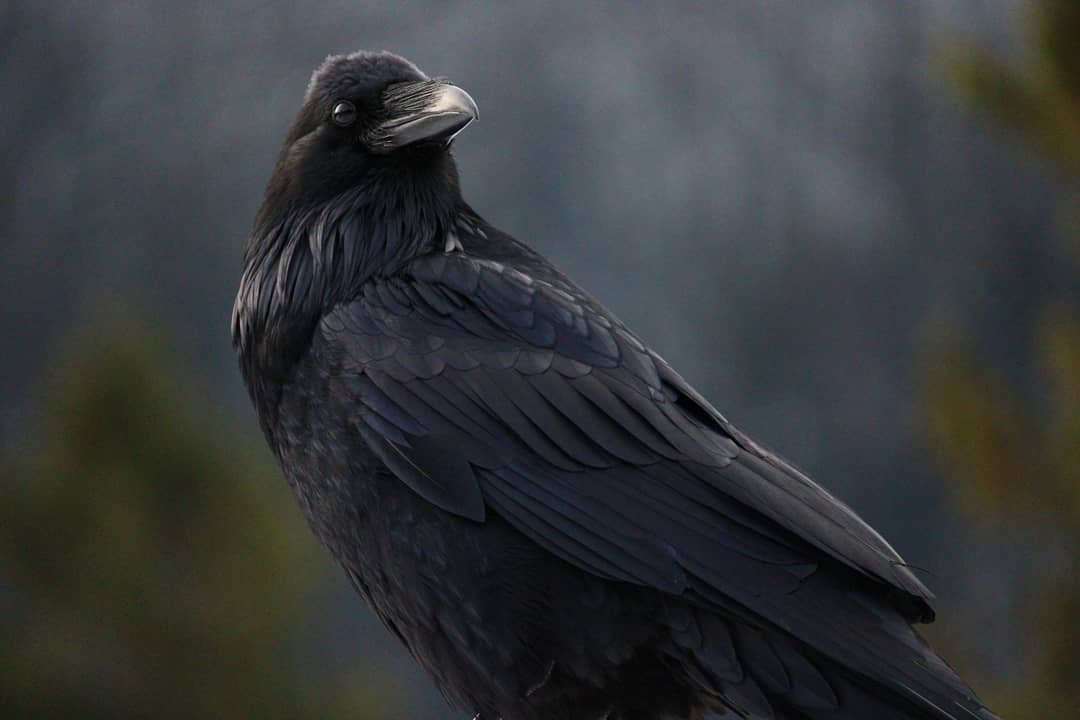
Photo: @goldeelokks on Instagram
In the spring, Hope is a resting spot for birds as they migrate north through the Cascade Mountain Range from the United States. Thacker Marsh and the Hope Airport are two popular birdwatching hotspots. At the airport you’ll hear a symphony of bird songs and spot birds like Sparrows, Spotted Towhees, Pine Siskins, Warblers, Goldfinch, Robins, and Chickadees, to name a few. Thacker Marsh is home to riparian species such as Great Blue Herons, Red-winged Blackbirds, American Dippers, Canada Geese, and Belted Kingfishers. Southeast of Hope, there are countless bird watching opportunities in the 200,000-acre Manning Provincial Park. Four fantastic areas for bird viewing are: Strawberry Flats (Rufous and Calliope Hummingbirds, Boreal Chickadees); Beaver Pond (Spotted Sandpipers, Woodpeckers, Swallows); Mount Frosty (Spruce Grouse, Boreal Chickadees, White-Tailed Ptarmigan); and East Gate (Harlequin Ducks, American Redstart, Northern Waterthrush).
Agassiz
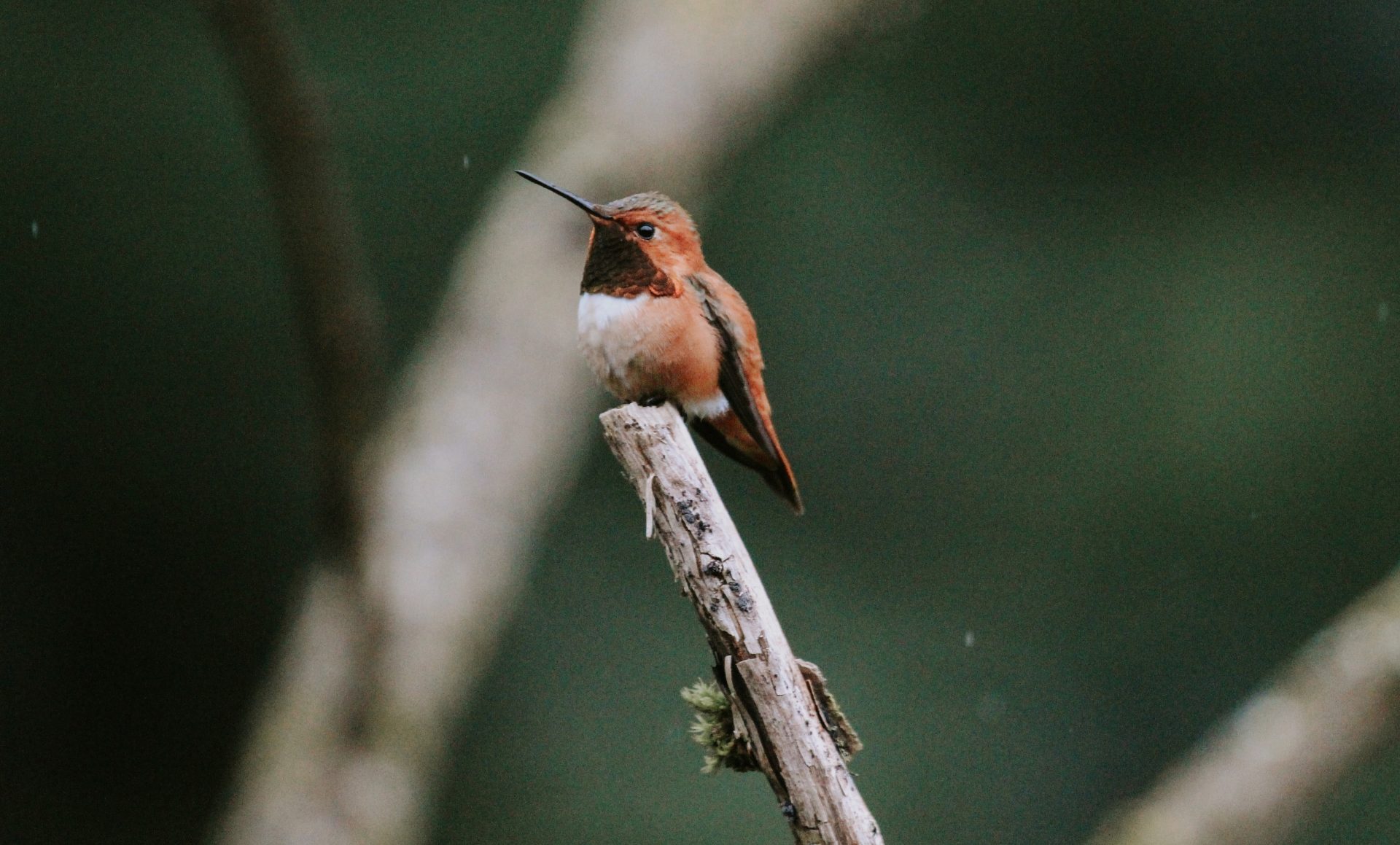
Photo: @cprincey on Instagram
Approximately 190 bird species have been identified at Tuyttens Road Wetlands, southwest of Agassiz. A recent bird count in spring 2021 found large numbers of Mallard Ducks, American Widgeons, Cackling Geese, Rock Pigeons, Canada Geese and European Starlings. Located a short drive from Agassiz, you’ll also find Cheam Wetlands: at 230 acres, it features a 2km walking trail, stunning views of Mount Cheam, a floating boardwalk that leads to a wildlife viewing platform, and a delightful variety of birds. Over 200 species of birds have been seen here, including Great Blue Herons, Green Herons, Canada Geese, Turkey Vultures, Wood Ducks, Common Mergansers, Bald Eagles, Ruffed Grouse, Sandpipers, and Belted Kingfishers.
Harrison River Valley

Photo: @shuttermonkey3 on Instagram
Some fantastic spots for birdwatching in the village include the lakefront lagoon, Green Point Day Use Area, Miami River, and Sasquatch Provincial Park. Depending on the season, you may see Canadian Geese, Bald Eagles, Stellar Jays, Turkey Vultures, and shore birds. Make your way to Harrison Mills to spot Bald Eagles—in the fall, Harrison Mills is home to a massive congregation of Bald Eagles that arrive to feast on spawning salmon. Book a tour with one of Harrison Hot Springs’ tour companies, Shoreline Tours or Harrison Eco Tours, and take a cruise down the Harrison River for excellent bird watching and wildlife viewing opportunities. Just outside of Harrison Mills, you’ll find the Chehalis Estuary, which was designated an Important Bird Area due to the large number of Bald Eagles and Trumpeter Swans found there.
Mission
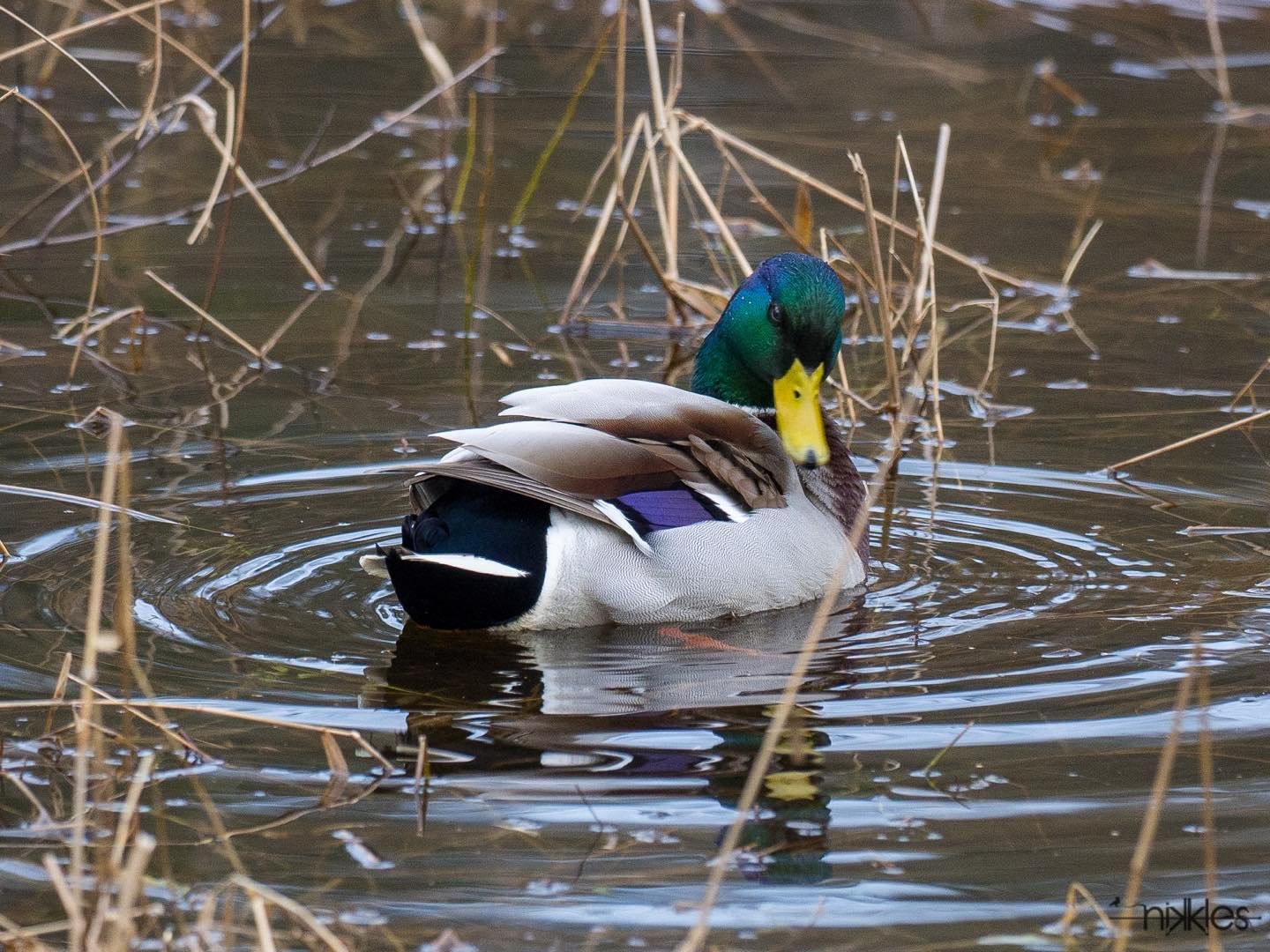
Photo: @nikkles on Instagram
As in Harrison Mills, Bald Eagles are the celebrated superstars of this region, but you’ll also find a myriad of other bird species in a number of locations in and around Mission. Top locations for bird watching in Mission are Hayward Lake Reservoir Recreation Area, Neilson Regional Park, Ruskin Recreation Area, Rolley Lake Provincial Park, Stave Falls, the Hatzic Dyke, Nicomen Slough, and the Silverdale Creek Wetlands. Depending on the time of year, you’ll find a wondrous range of birds including raptors, waterfowl, jays and crows, finches, sparrows, woodpeckers, waterbirds, and so many more. Book a river tour with Fraser River Safari out of Mission, for a chance to see eagles, shorebirds, gulls, geese, ducks, and owls.
Maple Ridge
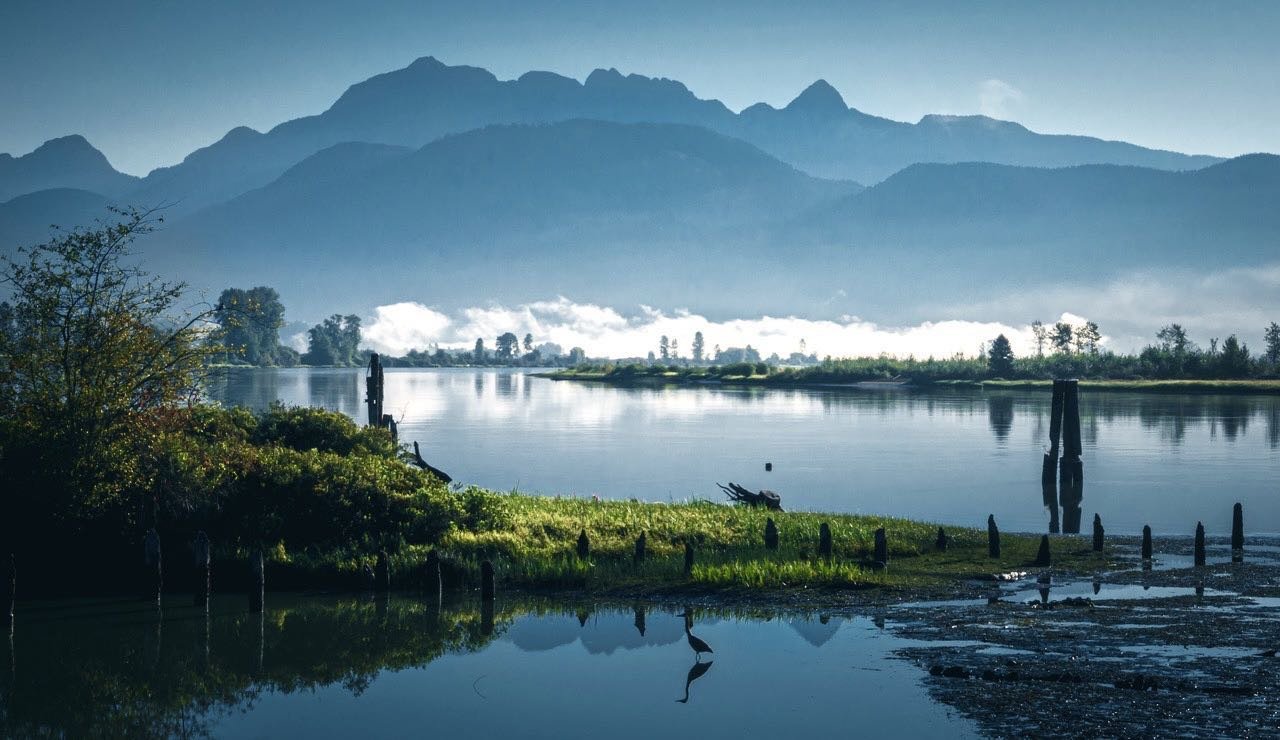
Photo: @mckinlayphoto on Instagram
Nestled between the Fraser River and Golden Ears mountains, Maple Ridge’s location on nature’s doorstep means you’ll never run out spaces to explore. Visit Kanaka Creek Regional Park, Grant Hill Loop, and Malcolm Knapp Research Forest, and you’ll likely spot several species. One of the most expansive areas to birdwatch is Golden Ears Provincial Park, with its lavish forests and many walking trails spread out on 155,000 acres. Recommended birding areas within the park are Mike Lake, Spirea Nature Trail, Alouette and Gold Creek Campgrounds, and West Canyon and Lower Falls Trails. Here, the best opportunities for birding are from May to July. In spring, you’ll hear the gentle hoots of Sooty Grouse and the resident Barred Owls. Spring also brings a migration of Warblers, and in summer, residents include Black and Vaux’s Swifts, six species of Woodpeckers, Cedar Waxwings, American Dippers, and Cooper’s Hawks. You may also spot Black Headed Grosbeaks, Pine Siskins, Purple Finches, and a multitude of other species.
Coquitlam
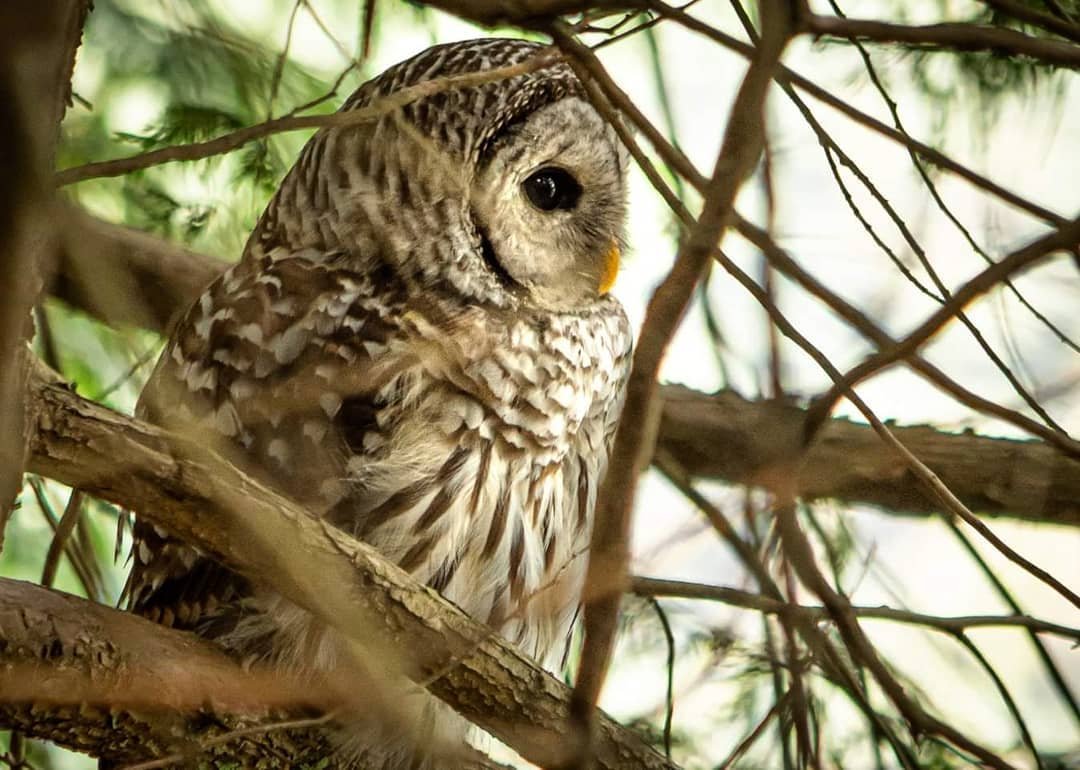
Photo: @monalucas_photo on Instagram
Coquitlam’s vast park system is a bird watcher’s dream, with over 80 municipal parks, two regional parks, and one provincial park, totalling over 2,200 acres. Visit Mundy Park, Minnekhada Regional Park, Pitt-Addington Marsh, DeBoville Slough, Como Lake and Colony Farm Regional Park for exceptional bird watching. Even man-made Lafarge Lake, right in Town Centre Park, is popular habitat for scores of Mallard Ducks. At Colony Farm Regional Park, the walking trails traverse waterways, marshes, and grasslands, where you’ll find a large colony of nesting Blue Herons, Purple Martins, Lazuli Bunting, and waterfowl. Raptors fly overhead, scanning the grasses below for mice or voles. At Minnekhada Regional Park, you may spot hawks, owls, grouse, waterfowl, herons, woodpeckers, songbirds, and raptors. In the spring and fall, migrating birds flock to Como Lake. DeBoville Slough in spring is a nesting location for Wood Ducks, Marsh Wrens, Common Yellowthroat, and small songbirds. Throughout the remainder of the year, you can spot American Bitterns, Hummingbirds, Song Sparrows, Spotted Towhees, Chickadees and more. It’s also an over-wintering area for a variety of waterfowl, including Buffleheads, Mergansers, and Mallards. Pitt-Addington Marsh supports over 200 species of birds such as Great Blue Heron, Ospreys, Bald Eagles, Trumpeter Swans, and Greater Sandhill Cranes. Nesting boxes have been installed for Wood Ducks, who return to the lower mainland in the spring to breed and raise their young.
Always remember to be considerate of wildlife and their habitat. If you’re interested in learning more about birdwatching, some great websites to check out are: ebird.org, bcbirding.proboards.com, and bcbirdtrail.ca.
Now that you’re in the know about birding along BC Route 7, grab your binoculars, a camera, your favourite guidebook, and hit your local trails to see how many bird species you can identify – you’ll be awestruck by the variety! See what other activities you can find on the scenic BC Route 7!

